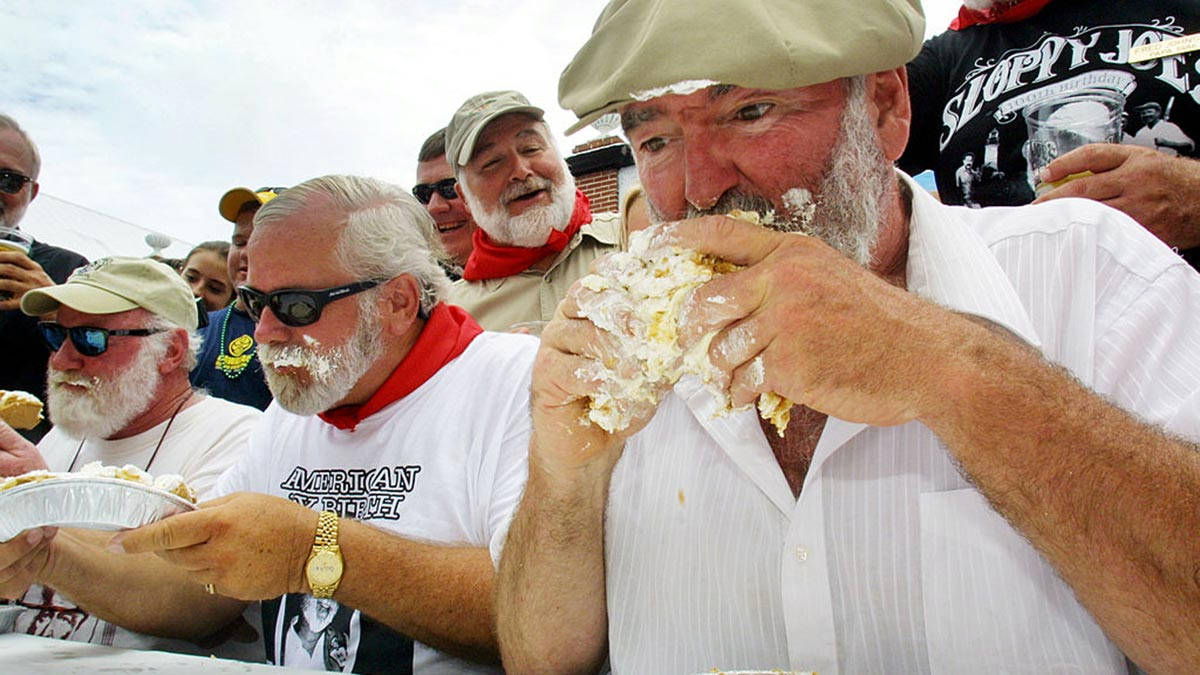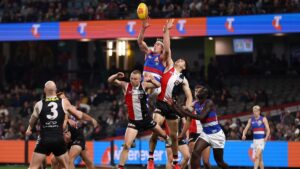These upcoming gold IPOs are looking to get a piece of the investment pie

With gold prices remaining high, these gold companies are looking to draw interest for their IPOs on the ASX Pic: Getty Images
Gold prices punched a new record high of $US2070.05 ($2,860.84) an ounce early this month, capping a prolonged period of high prices that have proved to be a major boon for Australian gold companies.
While prices have since slipped from those lofty heights – closing at $US1,912.43 an ounce just days after peaking – the precious metal has breached the $US2,000 mark once again as investors pile back in.
Saxo Bank head of commodity strategy Ole Hansen told Kitco News that a gold price consolidation around $US2,000 an ounce would be healthy as it would allow investors to get used to these new, higher levels.
Demand for physical gold also remains high with the Professional Numismatists Guild saying recently that professional bullion dealers have been having trouble keeping up with demand from retail customers.
Despite this, there has been a somewhat surprising paucity of gold-focused initial public offerings this year.
Some recent entrants are Castile Resources (ASX:CST), which raised almost $20m through the issue of 100 million shares priced at 20c each in February, Kaiser Reef (ASX:KAU) with a $4.5m IPO also in February and Manuka Resources (ASX:MKR) completing a $7m IPO in mid-July.
However, they certainly won’t be the last gold players looking to list on the ASX.
Victoria gold play on the ASX starting block
First off is North Stawell Minerals (NSM), which has already lodged its prospectus for a $20m IPO at 50c per share and is looking to light up the boards on September 16.
Proceeds will be used to fund the exploration and development of prospective gold tenements north of the Stawell gold mine, that has produced 5 million ounces of gold to date.
The five tenements were part of a package acquired by the current consortium consisting of the Victor Smorgon Group in Melbourne and a group of co-investors before a decision was made to place them in their own vehicle and go hard on exploration.
Chief executive officer Steven Tambanis told Stockhead that previous owners had only carried out sporadic exploration aimed primarily at feeding the Stawell mill, leaving the exploration tenure to the north as a secondary or even tertiary focus.
“About 18 months ago, some of the people in the new consortium sat back and had a couple of geologists sit down and assess the potential of the northern tenements and they were pleasantly surprised,” he said.
The Stawell Mineralised Corridor is between 10km and 20km wide, extends for 250km in length and is defined by the Moyston fault to the west and the Coongee fault to the east.
Mineralisation at the Stawell gold mine is hosted in a basalt dome and NSM has already identified 17 potential domes – out of 43 gold targets – within the tenement package, which covers 262sqkm with a further 291sqkm under application.
Tambanis added that the historical data was massively useful to the company.
“There’s a couple of shipping containers that is just full of old reports, and data and maps, magnetic tapes and there’s all sorts of information and we are systematically collating that, putting it together. It is going to be a very useful tool,” he explained.
“Had we just come here from a zero knowledge base and acquired this ground without this data set, I think it would have taken us years to get on our feet.”
Going hard on gold exploration
NSM plans to push hard on exploration using the $20m that it is seeking.
“We have 75,000m of drilling contained within that budget for the next two years, so we will be doing quite a bit of everything,” Tambanis said.
“We have drill ready targets at the Wildwood Dome where we have a 55,000 ounce JORC resource that is open along four flanks and along strike. We are getting ready to drill that as one of our first targets.
“The large budget reflects the target-rich environment that we have. That’s why we are hitting it so hard over the next two years.”
Tambanis added that the quality of NSM’s assets had allowed the company to attract an exceptional board, including former BHP chairman Jerry Ellis as its chairman and two seasoned explorationists, Graham Brown and Alistair Waddell, as non-executive directors.
“They have made discoveries in gold and base metals all around the world,” he said.
“They have just got this wealth of information. I feel particularly blessed that we have a board like this to guide us going forward. I think it is a very good sign.”
Tambanis himself specialises in early exploration and has worked around the world looking for gold, base metals and battery minerals.
“This project is right up my alley. I am particularly happy here because a) we have got a highly prospective tenure position b) we have got a very good team of geologists assembling to do the work over the next two years and c) we have the funding,” he said.
“You have got the right ingredients here to go and do good things.”
Gold assets moving from private ownership to the ASX
Meanwhile, newly incorporated OzAurum is looking to take a portfolio of strategic assets that had been assembled over almost 30 years by founder and managing director Andrew Pumphrey to the ASX next year.
The assets sit in the shadow of Saracen Mineral Holdings’ (ASX:SAR) Carosue Dam gold mine about 100km northeast of Kalgoorlie, a region that has been the subject of considerable greenfields exploration.
Notable explorers in the area include St Barbara (ASX:SBM), Breaker Resources (ASX:BRB) and Apollo Consolidated (ASX:AOP).
Pumphrey told Stockhead that gold was first discovered at Mulgabbie Hotel in 1898 and the field produced 8,000oz of gold at an astounding 34oz (or a little more than 1kg) to the tonne.
More recently about 1,000oz of gold was produced through alluvial means.
Gold was also mined at the Patricia gold mine in 1935, which produced 5,400oz at an average grade of 41 grams per tonne (g/t).
The Mulgabbie North discovery was made in 1984 by Freeport McMoRan, with drilling returning hits of 9m at 4.7g/t gold and 30m at 1.2g/t gold.
It covers 10km of greenstone belt geology in the Norseman-Wiluna Greenstone Belt, one of the richest and most prolific gold-producing camps in Australia.
Notable mines within the belt include Granny Smith (+2.5Moz), Wallaby (+7Moz) and Sunrise Dam (+15Moz).
This area was pegged by Pumphrey in 1990 after Freeport withdrew from the area.
Subsequent reverse circulation drilling by Andrew and Alicia Pumphrey returned results such as 6m at 4.41g/t gold, while a 2km-long zone of gold mineralisation remains to be tested along with wide zones of subparallel gold geochemistry anomalies.
“More diamond drilling is planned this year to understand the structural orientation of mineralisation at the Mulgabbie North northern prospect and RC drilling to validate the Freeport historical drill results,” Pumphrey added.
Credentialled team assembled and gold exploration plans pencilled in
Pumphrey has brought on former Mineral Deposits managing director Jeffrey Williams as the executive chairman of the company along with veteran geologist Andy Tudor and Cobre (ASX:CBE) co-founder and chief executive officer Martin Holland as non-executive directors.
OzAurum plans to use its pre-IPO capital to drill four reverse circulation and one diamond hole.
Upon completion of the IPO, the company plans to undertake up to 50,000m of aircore drilling, 50,000m of reverse circulation drilling and 20,000m of diamond drilling that is aimed at discovering an inferred resource of more than 1 million ounces.
It will then move onto completing a scoping study in the second year.
Related Topics

UNLOCK INSIGHTS
Discover the untold stories of emerging ASX stocks.
Daily news and expert analysis, it's free to subscribe.
By proceeding, you confirm you understand that we handle personal information in accordance with our Privacy Policy.








